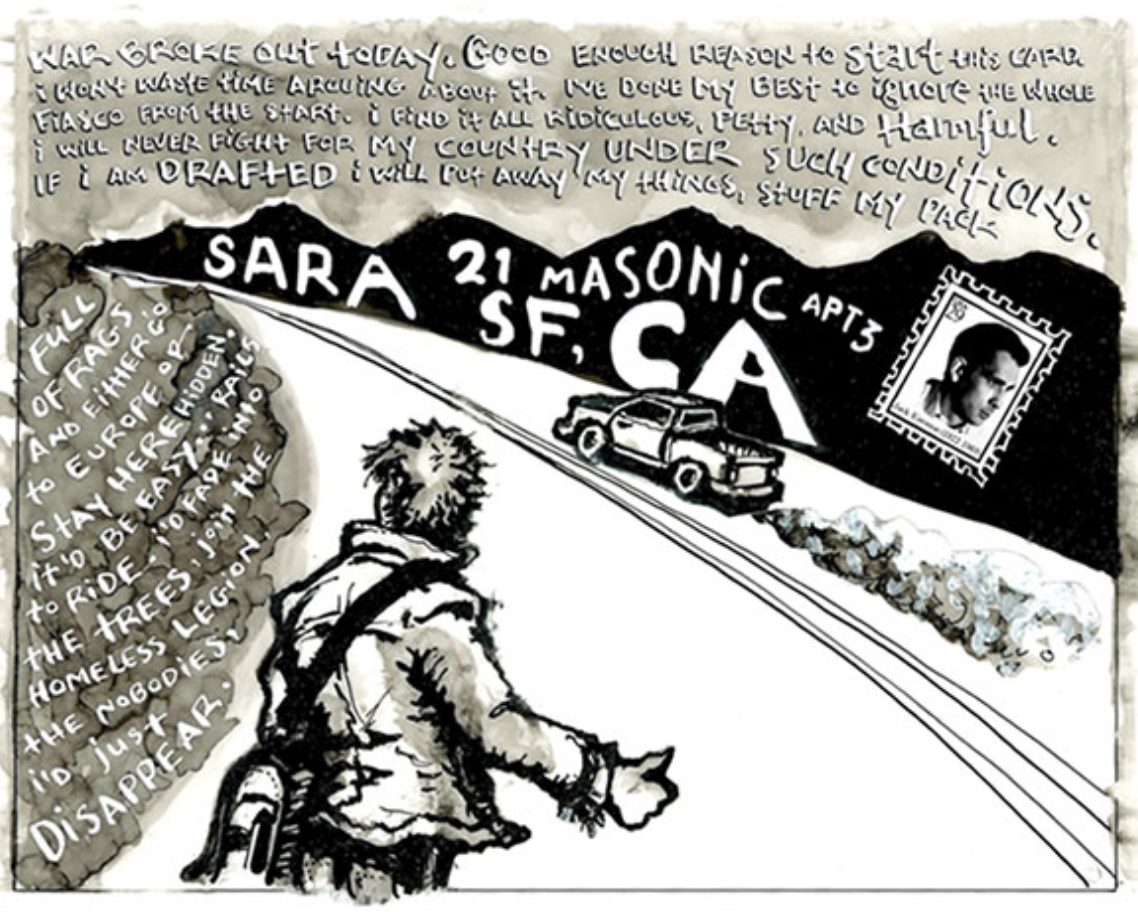The Life and Times of American Crow
Paperback Version
A Paperback Collage Novel
It’s the early 90s: before the advent of the internet, before cell phones magically appear in everyone’s hands. The Gulf War has begun. To Linus Grey and his circle of bohemian friends, this just might be the last, great gasp of “beat” culture. But what to do? Where to go? When Sara heads out for San Francisco, Linus picks up from the seacoast town of Portsmouth, NH, and sets out after her.
The original version The Life & Times of American Crow appeared a few years back as a limited-edition, book-arts collage novel—11 chapbooks coming together to create a boxed-set edition. Learn more below.
A full 260 pages, rife with color images, this new paperback version of the collage novel American Crow boils down the essence of the original eleven-chapbook box-set edition into an easy-to-read, dynamic format that combines the traditional novel with aspects of the graphic novel.
To purchase, contact Sebastian
The Original Version
The original version The Life & Times of American Crow appeared a few years back as a limited-edition, book-arts collage novel—11 chapbooks coming together to create a boxed-set edition (including Risographed postcards and a CD of music by Nathan Bell).
A “mock” travel journal, American Crow mixes collage, photomontage, photography, graphic novel-style drawing, watercolor & typed text.
One of the Postcards Featured In the Original Version
Illustration by Aaron Birk
Original Notes on the Writing and Creating of
The Life Times of American Crow
Published in Tupelo Quarterly, 10/14/2016
1. American Crow came to me—came to be—in a moment’s vision. I was standing on the street outside a bar in Asheville, NC, my adopted hometown, watching this grungy teenager in the gutter attending to his travel bag, messing with its straps. There were hand-sewn patches all over the thing and a copy of On the Road, I swear, falling out of its open mouth. The vision returned a few days later in the middle of a long trek down Folly Beach, SC, my then toddler son nestled in a runner’s stroller. I pictured the young man sitting on the curb, alone and lonely, and started thinking about my own travels decades before, my own knapsack plastered with patches...
2. This young man quickly became the hero of a novel to be–-possibly a whole trilogy of novels!—that would work much like a mockumentary or faked nonfiction book a la Into the Wild. Or so went my ambitious dreams. He would be both like me and not, someone who set out on adventures like the ones I had set out on but who traveled further out than I had ever imagined—so far, in fact, that he disappeared, never to return. Or maybe things started falling apart and he committed suicide. It could go either way. I began revisiting my own journal pages from the late 80s and early 90s—stealing passages, confiscating early collages, lifting fragments from out of drafted poems...
3. From the beginning, I knew that this American Crow kid was an artist, self-taught and that his medium was collage. I already knew how to work with a postcard-sized image (having spent years sending postal art back and forth with a friend), so it made sense that the kid sent postcards from his cross-country travels. I began using a book of the world’s most boring postcards as his “notebook journal,” collaging over the mundane images with scraps of paper culled from old magazines and books.
4. Over 200 collages later I had a pretty good idea how this kid’s imagination worked. He was obsessed, of course, with sex, comic books, cars. He looked to Dylan, Ginsberg & Whitman as his heroes. He saw total freedom as the objective—even if he didn’t exactly know what that meant or how it might look enacted. He was both fascinated with and scared of the power of his sexuality. He struggled with depression and chose to self-medicate. He longed for connection but kept hidden many facets of his nature, even to himself. Which means, of course, he was a lot like me, a lot like many 20-something men and women living at the end of the 20th century.
5. I call this project, in want of a better phrase, “a collage novel in 11 chapbooks.” It is serialized and completed with a leather-bound box. It comes in an edition of 200. In making the chapbooks, I have been collaborating with a host of artists, printers, designers, letterpress and book binding folk. (Even a brilliant and grumpy typewriter restorer!) There are many moving parts, including postcards, a folded mural, a letter, a news article, and even a CD (thanks to Nathan Bell, singer-songwriter extraordinaire).
6. The chapbooks are sized 8” by 8,” stapled, printed on solid, off-white paper with heavy cover stock. They run from 28 to 44 pages. They were (and are being) typed on a 50s Hermes Rocket travel typewriter (that weighs a mere 8lbs and sports a sleek metal cover with a retractable handle). The chapbooks come in individual numbered envelopes and get sent to their reader/subscriber every three months. The 11 chapbooks fit snugly in the leather-bound art box built by master bookbinder Jon Buller. I am thinking of making t-shirts!




